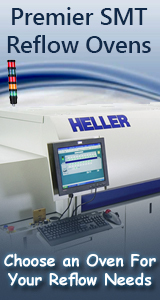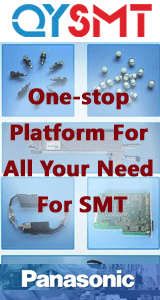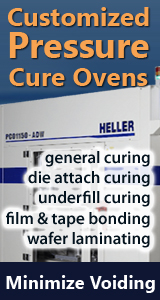Printed Circuit Board Assembly & PCB Design Forum
SMT electronics assembly manufacturing forum.
- SMTnet
- »
- Electronics Forum
- »
- squeegee blade design
squeegee blade design
![]() Hi, I was wondering what are the differences between a "trai...
- Oct 22, 2003
by
Hi, I was wondering what are the differences between a "trai...
- Oct 22, 2003
by
![]()
![]()
![]() The SEMA listing [ ...
- Oct 23, 2003
by
davef
The SEMA listing [ ...
- Oct 23, 2003
by
davef
![]()
![]()
![]() Thank you
...
- Oct 23, 2003
by
Thank you
...
- Oct 23, 2003
by
![]()
![]()
![]() Thank you
...
- Oct 23, 2003
by
Thank you
...
- Oct 23, 2003
by
![]()
dave
- SMTnet
- »
- Electronics Forum
- »
- squeegee blade design








 hitech.gif)